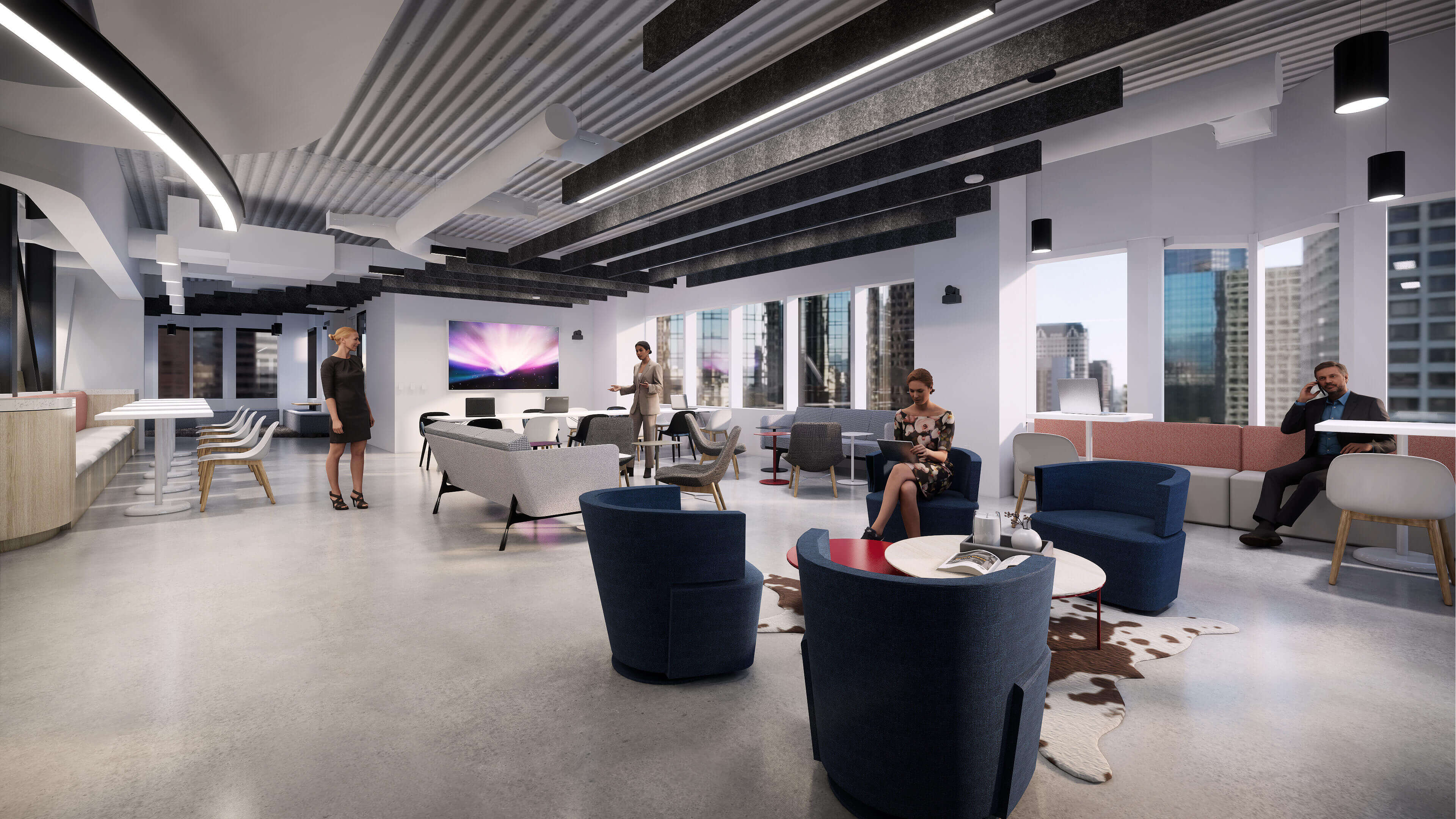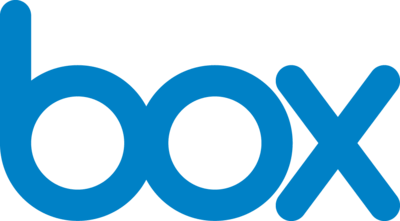The Future of Work is Dynamic
The way we work is changing. A more personalised, flexible work experience can empower our employees to be their most productive and successful selves. Feel free to take what you and your organisation can from this framework for the future of work, and make it your own.
Our vision is to personalise the work experience

Dynamic work addresses shifts across the world
Even before COVID-19, macroeconomic, generational, and technology trends were impacting the workforce, making not just remote work, but Dynamic Work a necessity. Our strategy helps us prepare for the realities the workforce faces.
Getting technology infrastructure right
Having the right technologies in place is critical for the success of the entire employee base. Whether employees are connecting in an office space, from a coffee shop, or from their homes, they need to be able to effectively collaborate and access the technologies that make them productive and successful.
Our current reliance on workplace collaboration, security, and productivity tools will not go away. A Dynamic Work environment requires a variety of software and hardware tools like Box, Slack, Proofpoint, Zoom, digital whiteboards, utilisation sensors and more. You can see the tools that organisations are employing to improve productivity and collaboration and secure their dynamic workforce in our recent Businesses @ Work From Home report, and in the remote work toolkit.
Redesigning and rethinking the traditional workspace
The future workspace requires reimagining to better fit a dynamic workforce. This new environment includes adaptable spaces that allow for movement and flexibility during the work day, while incorporating the latest technology for efficient connectivity and collaboration. It also keeps sustainability top of mind, redesigning spaces or rethinking utilization to support a lower carbon footprint.
Dynamic Work is proven to have a positive impact on our carbon footprint. Okta conducted the Dynamic Work Greenhouse Gas (GHG) Emissions Study, a study designed to measure the environmental impact of today’s hybrid workforce, and found that in a Dynamic Work environment, per employee emissions are estimated to be 21 percent lower than they were prior to Dynamic Work.
To see the office of the future –– one that’s more sustainable and flexible –– scroll through our early concepts below:





Cultivating a great company culture










